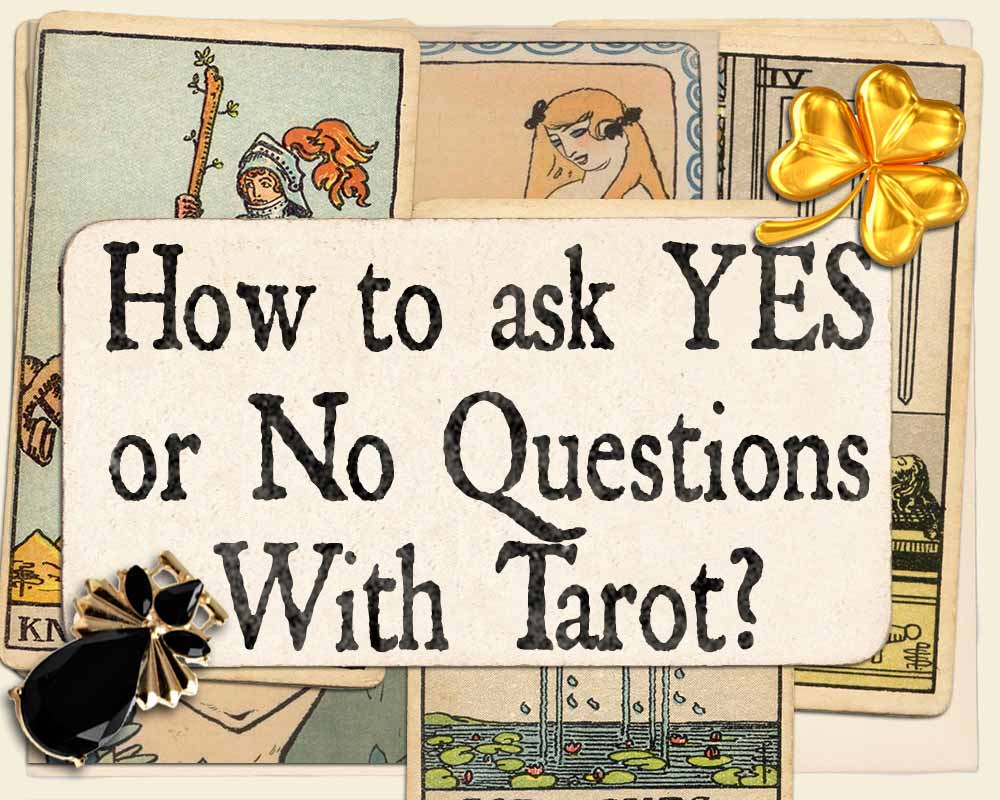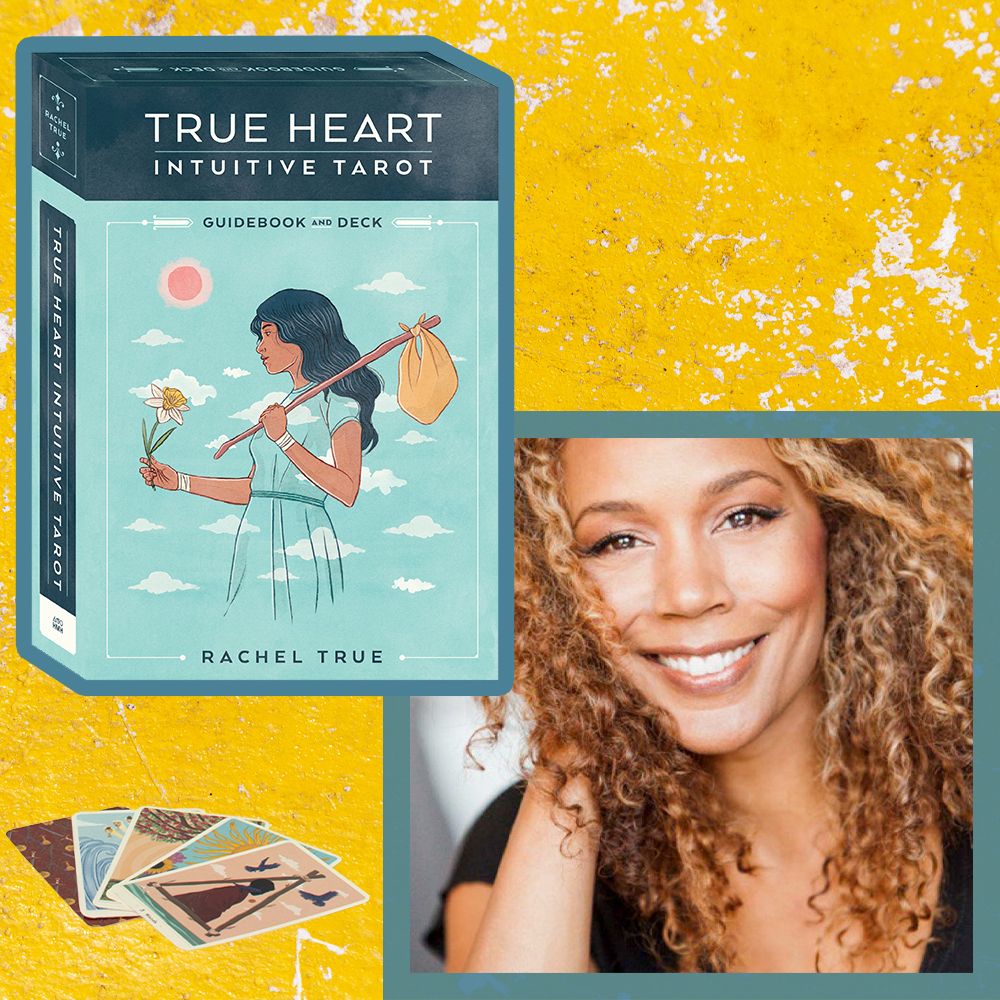
When performing magic tricks, it is important to know how to shuffle a card. This skill is essential for professional magicians. Here are four ways to shuffle. You'll soon be confident performing this trick if you know at least one of them.
Dovetail shuffle
The dovetail shuffle is a variation of the faro shuffle. You hold half of the deck in each palm, and the thumbs face inward. The cards then fall to the interleaved table by being released from their thumbs. This is an often used method in poker.
This phenomenon was first identified by Bayer and Diaconis back in 1992. The paper "Trailing Dovetail Shuffle to Its Lair" presented their proof.
Mongean shuffle
Mongean shuffle, a method used to manipulate cards, involves moving one or more cards into an alternative position on the deck. You'll continue this process until another player asks you if you're alright or after you've completed 12 shuffles. Afterward, the deck is back in the original order.

To perform a Mongean shuffle, the right-handed shuffler starts by transferring the top card to the right-hand pile. The next card on the left is then transferred to the bottom pile. This is repeated until all remaining cards on the left are shuffled.
Overhand shuffle
The overhand shuffle involves holding the deck down between your thumb and forefinger. You then slide small groups of cards down your deck. This process continues until all cards are transferred. Video below shows how an overhand shuffling is performed. Start by placing your righthand on the short edges of your deck. Next, place your index finger on one corner of the long side.
An overhand shuffle looks more polished and sophisticated. This is the technique magicians use to "force" their magic.
Perfect riffle shuffle
The riffle-shuffle is a mathematical permutation that allows you to correctly shuffle a deck. It basically involves dividing the deck in two and interleaving. Riffle shuffles a deck with cards in a way that each packet is interleaved.
To perform a perfect riffle shuffle, you should start by dividing the deck in half and interlacing the cards evenly. You should then begin to take the cards out of the stacks. Make sure the edges are not overlapped. You can perform the riffle move as either an in or out-shuffle.

Hindu shuffle
The Hindu shuffle is one of the most basic card magic tricks. It's also known under the names Riffle Shuffle (or the card force). This card player favorite is one of most efficient ways to shuffle decks. You can manipulate the behavior of a person using the Hindu Shuffle, even though you appear completely innocent.
This trick is used in magic tricks throughout the world. This trick allows you to quickly locate the card chosen by a spectator and move it around in the deck. To begin, the magician starts by shuffle a borrowed deck of cards end to end by drawing small packets of cards from one hand to the other. Next, the magician grips the deck face down with the right thumb and the opposite fingers. When they release the deck, the magician brings it towards the left hand.
FAQ
Is it possible to become rich from a hobby?
Not necessarily.
However, if you're interested in creating a business based on your hobby, then you could definitely end up being wealthy.
Let's take, for example, that you love cooking. You love healthy food, so it was a natural decision to open your own restaurant.
Customers are charged a small fee for organic food made from scratch.
As you build your clientele, you eventually hire employees to help you.
You may eventually add vegan dishes and gluten-free options to your menu.
In this scenario, you've created a successful business that has allowed you to live the type of lifestyle you wanted.
But, it doesn't mean your day job must be abandoned.
You could instead run your own restaurant and still hold your 9-5 job.
Where can I find free resources to learn more about hobbies?
There are tons of websites devoted to helping people discover new hobbies.
These are our top picks:
www.trythisathome.com - This site provides a list of over 100 different hobbies. It also includes information on how to get started on each one.
www.hobbyfinders.org: This website offers thousands of activities you can search by skill level, location, or interest.
www.indiebazaar.co.uk - IndieBazaar is an online marketplace designed specifically for independent artists and musicians. You will find hundreds of products that range from artwork to music gear on the site.
www.pinterest.com/explore/hobbies - Pinterest is a social media network that lets users "pin" images they find interesting onto their boards. Boards let users organize what they like into particular categories.
www.reddit.com/r/Hobbies: Reddit, another social media platform, allows users to post links to articles and videos. Voting allows users to vote for the most valuable posts.
What are some enjoyable hobbies for seniors
Senior citizens should enjoy engaging in fun activities. They should also be active and take part in activities such as sports or other physical activities.
They may be interested in joining clubs to find people with similar interests. This way, they'll feel less lonely as they age.
Senior citizens need to be aware of the latest trends. For example, they could follow fashion, art, music, literature, politics, etc.
What are some ideas for hobbies?
Hobby Ideas For People Who Love to Teach and Learn.
Hobbies can allow you to be creative and have fun while learning.
There are many different types of hobbies, but they all have similar characteristics. These are fun, easy activities that cost little and don't take too much effort.
These include working with others to teach someone how to use an instrument or build an airplane.
You might not think about yourself as a teacher, but chances are there's something you could do to help someone else learn.
Consider starting a hobby to use your creativity to help others.
How can I find a hobby for myself?
When you first start your journey into finding a hobby, you may feel like you've got nothing to choose from.
You may be thinking, "I'm just not artistic" or "I hate sports," or perhaps "I don’t even know what I know."
You probably have plenty of experience and knowledge to use when you are looking for hobbies.
It's simply that you haven’t yet realized it.
Take a tour of your house. Do you have a lot of stuff?
Do you have any old toys lying around?
Maybe you have a collection of books or magazines.
Perhaps you have always wanted to be a chef.
Perhaps you would like to play guitar again.
Whatever it may be, you can likely turn it into something.
The key is to realize that you already have plenty of experiences to draw upon.
And once you do, you'll be able to pick out a hobby that fits right into your lifestyle.
Statistics
- In comparison, men in the “no humor” condition were refused 84.6% of the time and were only accepted 15.4% of the time. (time.com)
- I am 100% biologically a woman (discover.hubpages.com)
- Studies show that just six minutes of reading can reduce stress levels by 60 percent. (oberlo.com)
- This 100% accurate personality-analyzing hobby quiz discovers your passion based on your characteristics. (quizexpo.com)
- Almost 80% of people claim to have no hobby. (hobbylark.com)
External Links
How To
How to start gardening
Gardening is one among the oldest forms. It requires patience, persistence, and determination. The first step in starting your own garden is choosing a location where you want to grow food. You can choose to have a large area or a small one in your backyard. Next, you will need to decide which type of plants are best for you. Do you prefer vegetables or flowers? Some people love to grow herbs, while others enjoy raising animals like rabbits. Before you decide which crops you will plant, consider the amount of space you have. If you live somewhere that has cold winters, it might be a good idea to grow berries or fruits.
After choosing what you want to plant you need to prepare your soil. Soil is essential in determining whether your plants will thrive or fail. The soil should be rich in organic matter to provide nutrients for your plants' roots. Organic matter includes things like leaves, twigs, grass clippings, manure, and compost. After you have prepared the soil, you will need to add nutrients. Depending on the type of plants you plan to grow, you may need different amounts of nitrogen, phosphorus, potassium, calcium, magnesium, boron, zinc, copper, manganese, iron, molybdenum, chlorine, sulfur, sodium, and so on. Online fertilizer calculators can be used to determine these values. There are many fertilizers available so be sure to know what you are purchasing.
After you have prepared your soil, and added the correct nutrients, you will need to wait until your seed germinates. This process usually takes anywhere from 2 weeks to 3 months, depending on the weather and the temperature in your area. Once your seeds are sprouted, you must water them regularly. Too much or too little water can cause problems. Ensure you give your plants enough water at regular intervals and avoid overwatering. Overwatering can result in root rot, fungal diseases, and even death. Consider that plants generally need less water in the warmer months than they do in winter. Keep in mind that certain plants may need to be dried after being watered. Tomatoes for instance need to remain slightly moist, but not wet. They won't tolerate soggy soil. After the plants have finished flowering they must go dormant. Dormancy is when plants stop producing new growth and begin storing energy for the next season's harvest. The plant ceases sending signals to its roots to produce food during dormancy. Throughout this period, the plant stores energy. The plant will eventually die if it is not given enough sunlight or temperatures below freezing.
If you live in an urban environment, you may find yourself limited in the kinds of plants that you can grow. Concrete sidewalks, roads or parking lots can block sunlight from reaching urban areas. Concrete absorbs light and prevents soil below from getting sufficient sun exposure. Many plants can't survive in urban environments due to lack of sunlight. Fortunately, there are still many plants that can thrive in an urban environment. Many trees, shrubs, perennials, and other plants can adapt to urban life. In addition, many annuals can be grown indoors in containers. You can have fresh greenery all year round with container gardens.
Now you're ready to plant.